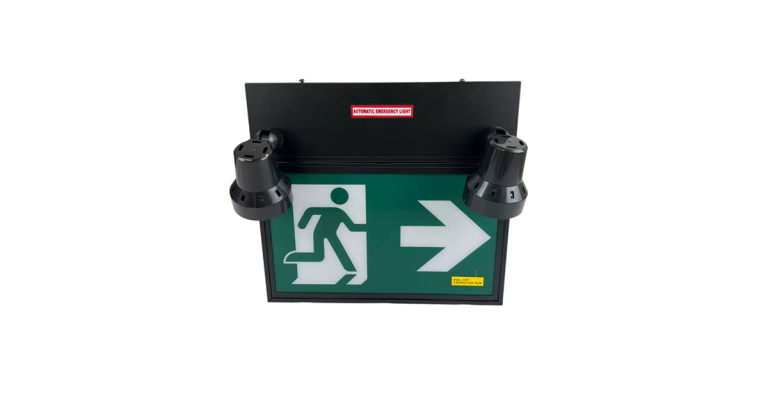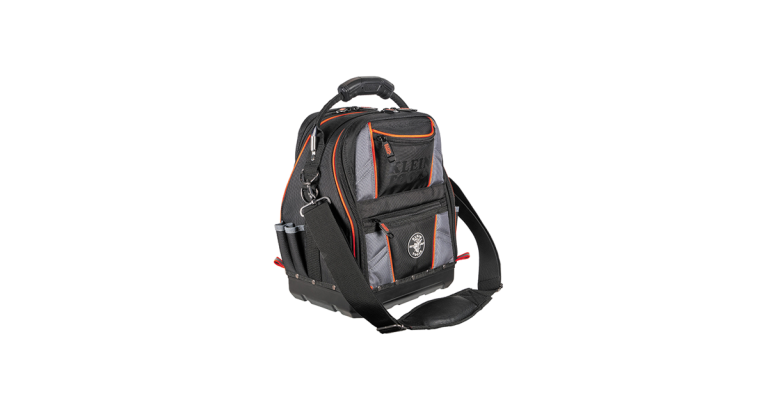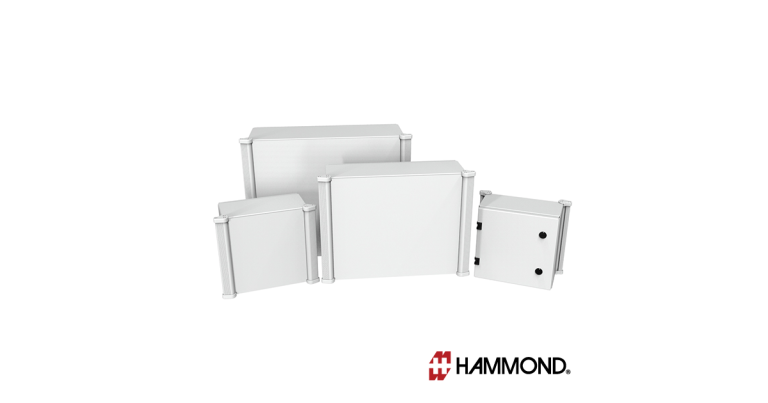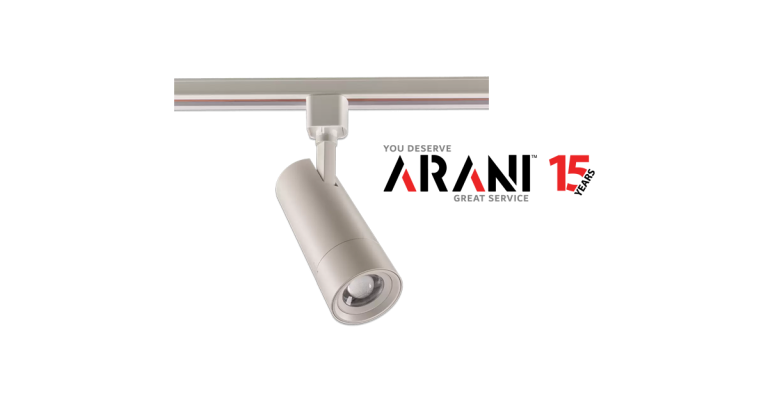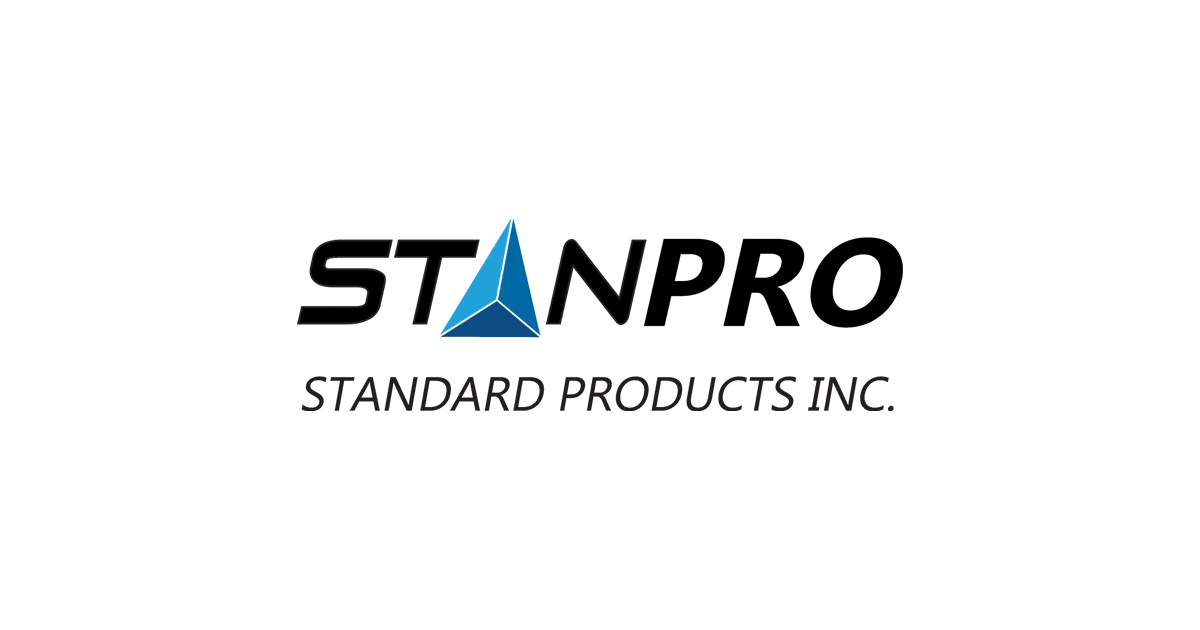Rittal Blue e+ Cooling Units
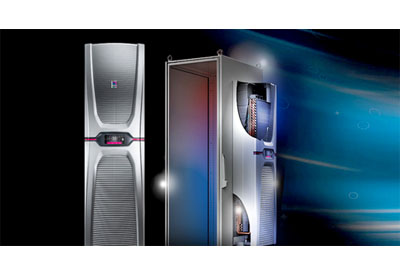
As well as providing far higher energy efficiency than existing cooling solutions, the units also offer a range of powerful new features that provide longer component life, flexibility and ease of use.
The Blue e+ uses an innovative hybrid process that relies upon two parallel cooling circuits working together, depending on temperature difference. The integral heat pipe dissipates heat from the enclosure as soon as the ambient temperature falls below the setpoint, providing passive climatization. Active climatization is achieved via the compressor’s cooling circuit with speed-controlled components for demand-based cooling. This unique inverter technology provides cooling output that is always exactly the amount needed at the time. Not only is energy consumption far less than with conventional technology, but the improved cooling leads to longer service life of the components inside the enclosure and the cooling unit itself.
For customers seeking to deploy the new technology to facilities around the world, all Blue e+ units provide multi-voltage capability to connect to all standard power grids worldwide. Possible input voltages range from 110 V (single phase) to 480 V (three-phase) at grid frequencies of 50 or 60 Hz. The cooling unit is always the same, no matter whether the machine is being connected to power in North America, Europe or Asia. This not only means a considerable reduction in the number of device variants, but also to a greater simplification of spare parts logistics for single-part number ordering as well as much easier supply chain logistics for Rittal customers.
Other innovations within the Blue e+ series include a touch-screen display on the front of all units which provides all relevant information at a glance. System messages appear as plain text and are multi-lingual. Standardized communication interfaces also ensure easy integration in a production plant’s control systems.
Blue e+ units offer password-protected Near-Field Communications (NFC) which allows operations personnel to communicate with the cooling unit via mobile devices such as a smartphone. The NFC interface provides real-time performance data and, if needed, permits quick modification of the unit’s settings. The Blue e+ cooling units offer cooling capacities up to 6,000 watts (previously up to 4,000 watts) and can be used in environments ranging from -30°C to +60°C.



